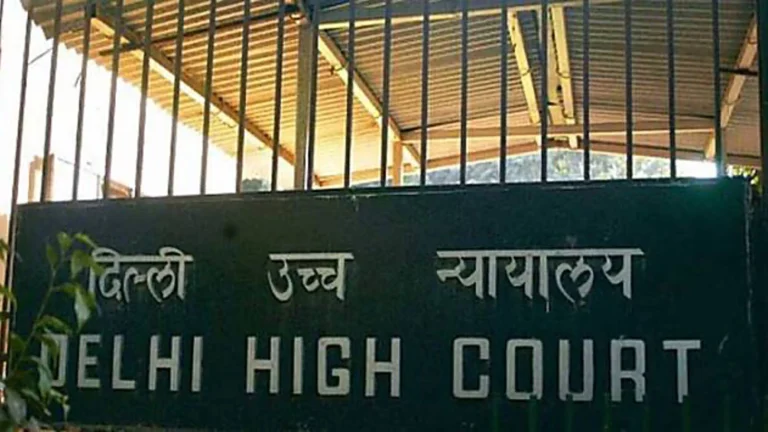
Jammu and Kashmir has recently witnessed widespread protests over its new reservation policy, stirring political, social, and legal debates across the region. Various political leaders, including ruling party members and opposition, have joined the protests, demanding a review of this controversial policy. Let’s delve into the details to understand the issue and its implications.
What is the Issue?
Protests erupted in Jammu and Kashmir following the introduction of a new reservation policy earlier this year. Hundreds of students, political leaders, and activists gathered outside the Chief Minister’s residence, urging a revision of the policy. Notably, Omar Abdullah, the Chief Minister of Jammu & Kashmir, engaged with the protesters and assured a resolution.
Interestingly, the policy wasn’t introduced by the new government but was brought in under the Lieutenant Governor-led administration before the elections. Despite this, members of the ruling National Conference party, including MP Ruhullah Mehdi, and opposition leaders like PDP’s Iltija Mufti, are actively protesting against the policy.
Key Changes in the Reservation Policy
- Increase in Total Reservations
- Previously, reservations in Jammu and Kashmir stood at 43%, leaving 57% for the general category.
- Under the new policy, reservations have increased to 67%, reducing the general category quota to 33%.
- Changes in Quotas for Specific Groups
- Scheduled Tribes (STs): Doubled from 10% to 20%.
- Socially Backward Classes (SBCs): Quadrupled from 2% to 8%.
- Residents of Backward Areas (RBA): Reduced from 20% to 10%.
- Pahari Ethnic Group: Newly recognized, granted a 10% reservation.
- New Categories Introduced
- Children of Defense Personnel: Allocated 3%.
- Children of Police Personnel: Allocated 1%.
- Sportspersons with Achievements: Allocated 2%.
- Incremental Increases for Specific Categories
- Residents Near the Line of Actual Control (ALC): Reservation increased from 3% to 4%.
- Physically Challenged (PHC): Reservation increased from 3% to 4%.
Protests by Gurjar and Bakerwal Communities
The introduction of a 10% quota for the Pahari ethnic group has led to strong opposition from the Gurjar and Bakerwal communities. Recognized as Scheduled Tribes (ST) since 1991, they argue that this new reservation will reduce their opportunities in government jobs and educational institutions.
The communities have demanded the withdrawal of benefits for the Pahari group, citing concerns over an unfair advantage that compromises their historical rights as STs.
Political and Social Impact
- Youth Unrest: Students argue that the policy lacks fairness, as it disproportionately benefits certain groups at the expense of others.
- Political Opposition: Both ruling and opposition leaders are united in their call for policy rationalization. Omar Abdullah’s son and PDP’s Iltija Mufti have also actively participated in protests.
Legal Challenges
The reservation policy has faced multiple legal challenges in the Jammu and Kashmir High Court. Critics claim the policy violates principles of equality, as it benefits some groups while disadvantaging others.
In response, the Jammu & Kashmir government has constituted a three-member panel to review the policy. The committee includes the Health Minister, Forest Minister, and Science & Technology Minister. However, no deadline has been set for the report.
Additionally, the High Court has consolidated all pending petitions on this issue and has asked the government to clarify its stand within three weeks.
Government’s Stand
Chief Minister Omar Abdullah has stated that the government will respect the judiciary’s directions and ensure a fair resolution. He has also urged protesters to remain calm, emphasizing that their concerns will be addressed democratically.
Conclusion
The new reservation policy in Jammu and Kashmir has ignited significant protests, exposing the deep-seated complexities of balancing social justice and equality. As the government reviews the policy and the judiciary intervenes, it remains to be seen how this contentious issue will be resolved.
For now, the focus remains on ensuring that the policy aligns with the aspirations of all communities without exacerbating social divisions.
Disclaimer: This article is based on public information and media reports. It is intended for educational purposes only.
Also Read: Hijacking of Indian Army Drone Highlights Risks of Chinese Components
Follow US





